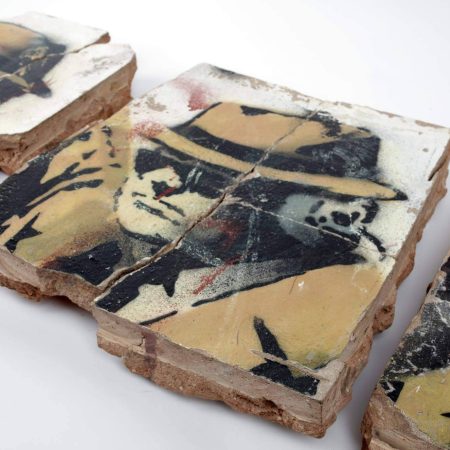In early 2011, in the midst of a visit to Los Angeles, I went out to a bar with friends. As we were getting ready to leave, one of us spotted something across the street that hadn’t been there when we arrived: a mural painted in a very distinctive style. The work in question, Crayon Boy, was by none other than Banksy — and the fact that such a mural could show up with an almost supernatural level of stealth spoke to the ephemeral nature of the painting, and of murals in general.
Now, a different work by the same artist is sparking a debate over just how ephemeral Banksy’s murals should be.
Earlier this fall, Italy’s Ministry of Culture called attention to one of two works by Banksy in Italy, a mural in Venice known as The Migrant Child. The agency’s statement notes that the mural “is deteriorating due to humidity, high water and salt,” but points to issues in the ways it would normally preserve it — namely, the relative recency of the mural and the fact that the artist behind it is still alive.
According to the statement, a bank will cover the costs of restoring the mural. However, as Julia Binswanger of Smithsonian Magazine reports, some in the art world feel that this action is missing the point — and that Banksy’s murals should be allowed to decay naturally over time.
Looking to Buy a Share of a Banksy Mural? Now You Can.
Some proceeds will benefit domestic violence nonprofitsBinswanger cites comments made by art critic Marco Goldin, who observed that there are two dueling impulses at play here: the desire of a cultural agency to preserve a work of art, and the intention with which a mural was created, which might involve an artist being absolutely fine with the artwork vanishing over the years.
Further complicating things is the fact that, well, this is a work by Banksy, which adds another layer of mystery to the proceedings. But it also seems likely that the same issues being raised by this one mural in Venice will come up more and more in the coming years as more of Banksy’s public art becomes at risk.
This article was featured in the InsideHook newsletter. Sign up now.



















